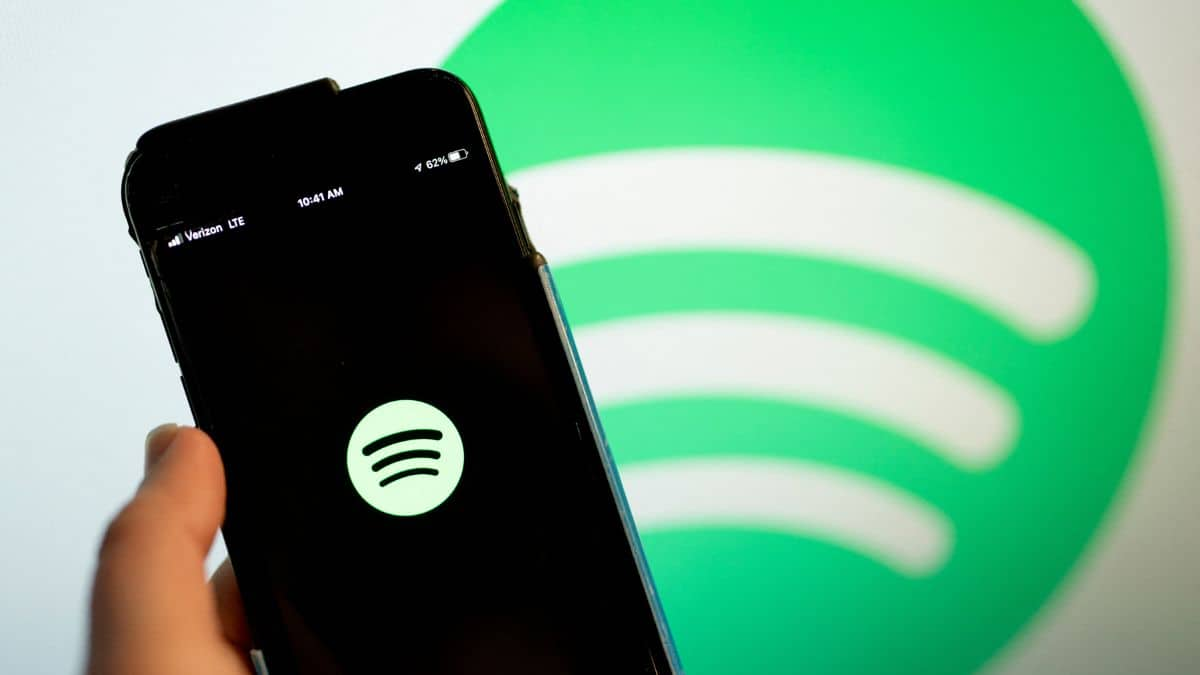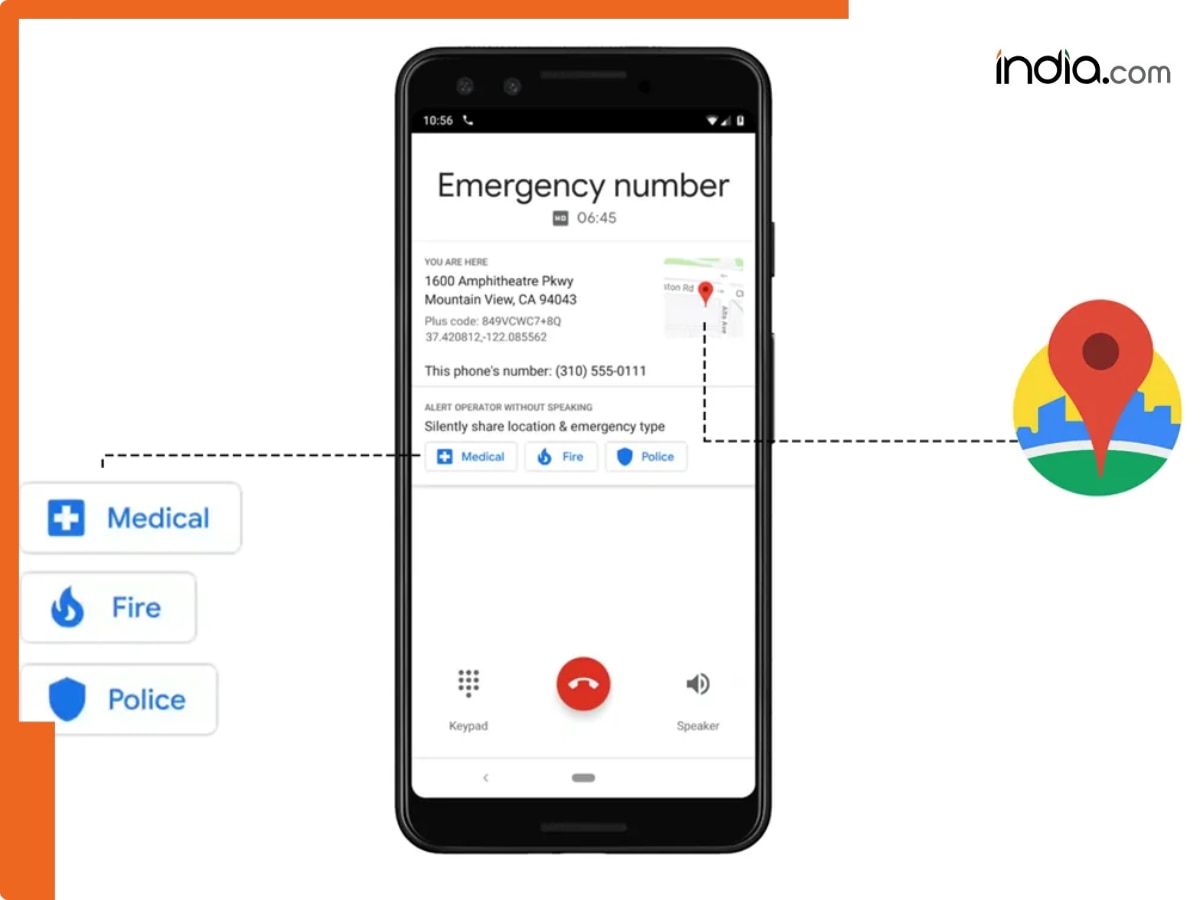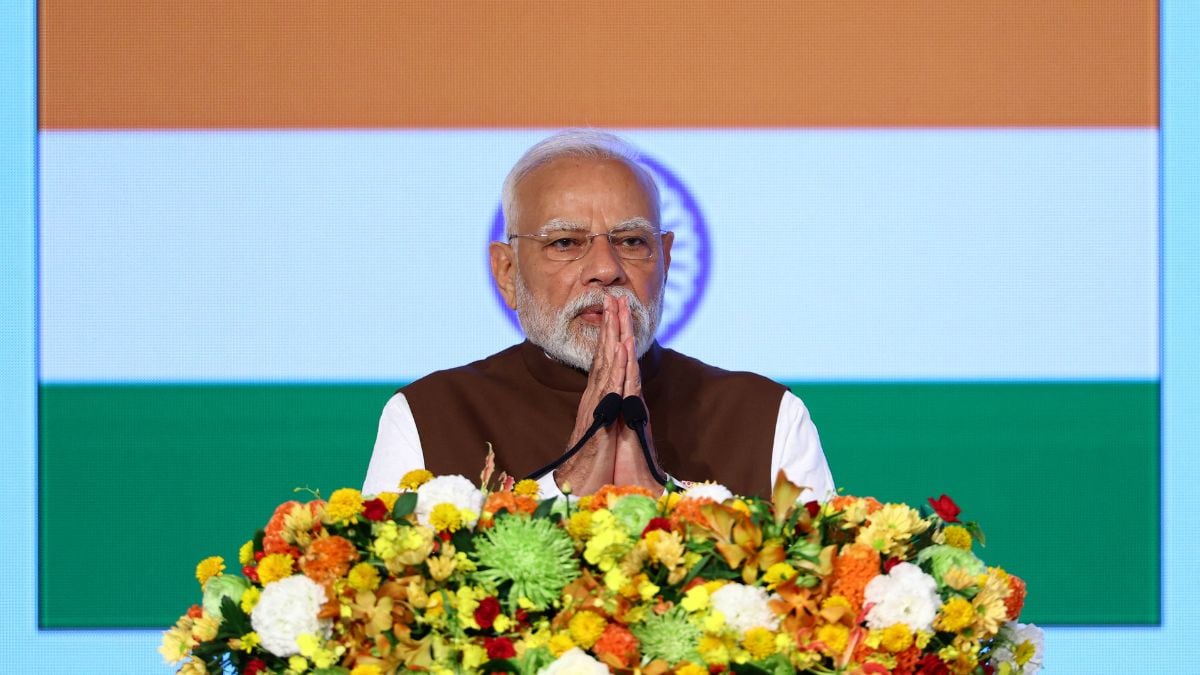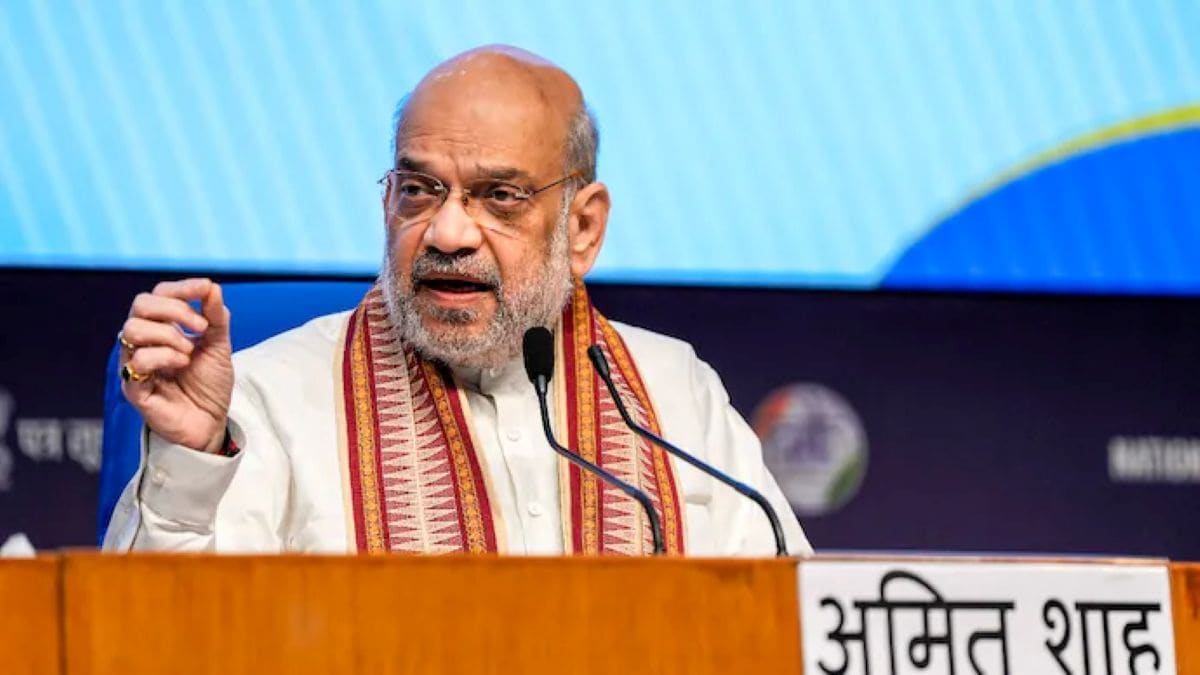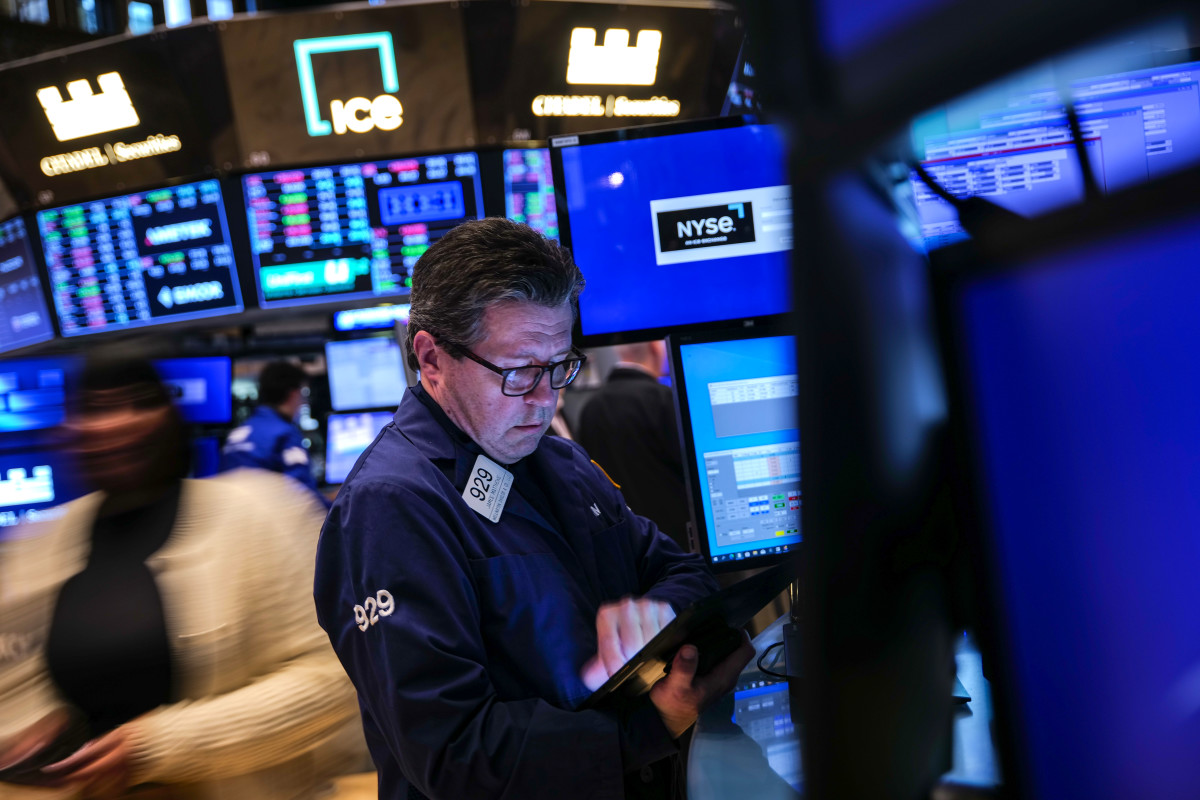Amazon Give Prime Members Something Grocery Chains Can’t Match
After early failures, Amazon is now quietly building a grocery empire.

While Amazon owns Whole Foods and has its own Amazon Fresh family of grocery stores, the company has never really been a threat to massive regional grocery chains like Kroger, Publix, and Albertson's.
Whole Foods has always sold to a select audience. It's upscale, relatively expensive, and for most people, more of a secondary option than a core grocery choice.
Amazon Fresh has potential, but the chain has grown slowly and remains more potential than reality.
Related: Home Depot and Lowe’s share a warning for homeowners
Amazon (AMZN) , however, has quietly become a grocery success, in a sense, simply by peeling off some sales that used to go to local grocery chains. The company's CEO Andy Jassy spoke about that during Amazon's first-quarter earnings call.
"In the first quarter, our Everyday Essentials grew more than twice as fast as the rest of our business and represented one out of every three units sold in the U.S. and Amazon. Even if you exclude Whole Foods Market and Amazon Fresh, Amazon is one of the largest grocers in the U.S. with over $100 billion in gross sales last year," he shared.
Basically, while you might not think of batteries and toothbrushes as grocery items, they are, and Amazon has already won that business.
That's a body blow to Kroger, Publix, Albertsons, and other grocery chains, but Amazon has quietly figured out how to take even more business from its rivals. Image source: Shutterstock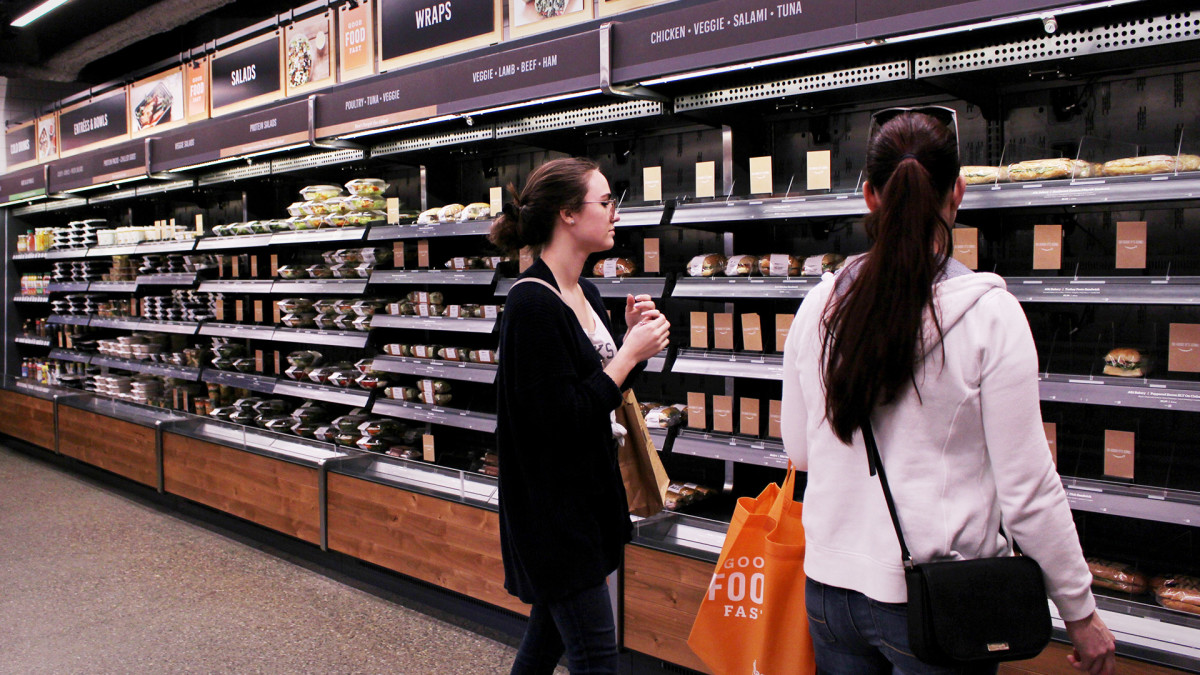
Amazon owns the non-fresh grocery business
Jassy spoke a lot about how the company has grown same-day delivery, which has led to the massive growth of its essentials business.
"People are buying a lot of their everyday essentials at Amazon. We also have [an] extremely large selection, hundreds of millions of unique SKUs, which means we're often able to weather challenging conditions better than others," he shared.
The CEO also pointed out how Amazon is better-suited for demand shifts than its retail grocery rivals.
"When there are periods of discontinuity, substantial unexpected product trends emerge. Think about the pandemic, when items like masks and hand sanitizer became big sellers," Jassy added.
Amazon, he made it clear, doesn't need to get these items; it already has them.
"When you have the broadest selection like we do and 2 million plus global sellers like we do, you're better positioned to help customers find whatever items matter to them at lower price points than elsewhere," he said.
More Retail Stocks:
- Kroger brings back paper coupons in a new way
- Target's customers walked away; How it plans to win them back
- Amazon analysts turn heads with surprising take on grocery plan
And while this might not represent the grocery business as most people think of it, Amazon has been hurting traditional grocery chains.
“They’ve essentially been attacking the non-fresh side of a supermarket through this same-day-or-faster proposition. And it has worked,” Tomorrow Retail Consulting CEO Jordan Berke told RetailDive.
Amazon wants to own fresh food
Ordering toilet paper and Tylenol via Amazon one-day delivery hurts regional grocery, but taking a meaningful chunk of the fresh food/perishable business could be a dagger to the heart of those businesses.
Amazon plans to expand its same-day fresh food delivery business to more than 2,300 locations by the end of 2025.
"We have retrofitted several same-day sites and plan to retrofit more over time," an Amazon spokesperson told CoStar News. "We also utilize larger fulfillment centers that were designed from the ground up to house perishable groceries."
And while getting consumers to accept same-day delivery of items you don't want sitting on your porch remains a challenge, the retailer clearly wants a meaningful share of the estimated $1.5 trillion spent annually by shoppers at physical grocery stores and other locations, according to a report by Morgan Stanley analysts.
Amazon has been testing same-day perishables delivery, and the results have been strong. In the pilot, Amazon offers customers perishables as a point of purchase when they're ordering other items that will be delivered same day from our same-day fulfillment nodes.
"We're seeing strong customer adoption as 75% of customers who've used the service this year are first-time shoppers for perishables on Amazon, with 20% of customers who use the service returning multiple times within their first month," Jassy said.
The CEO also noted that Amazon has a pricing advantage over rivals like Kroger, Publix, and Albertsons.
"Our prices continue to be low and sharp for customers. It's one of the reasons our everyday Essentials growth outpaced the rest of the business globally and represented one out of every three units sold," he added.
Jassy also pointed to some third-party research.
"It's also why well-known research firm Profitero has concluded for eight years in a row that Amazon has the lowest prices of any U.S. retailer," he said.
Related: Struggling auto parts retail chain files Chapter 11 bankruptcy
Recent USDA data shows why Amazon's low price strategy matters now more than ever.
"Average annual food-at-home prices were 1.2% higher in 2024 than in 2023. For context, the 20-year historical level of retail food price inflation (2004-23) is 2.7% per year. Price growth continued to slow in 2024, compared with the increases in 2023 (5%) and 2022 (11.4%)," the USDA reported.
Summary: Amazon wants to own the grocery business
- Amazon Fresh and Whole Foods are small compared to Kroger, Publix, Albertsons.
- Amazon quietly dominates non-fresh grocery ($100B+ in 2024 sales).
- Essentials = 1/3 of U.S. units sold, growing twice as fast as rest of business.
- Strengths: Low prices, massive selection, same-day delivery.
- Expanding fresh/perishables delivery to 2,300+ sites by 2025.
- Early tests: 75% first-time buyers, 20% repeat in month one.
- Could take a major bite out of traditional grocers if fresh succeeds.
- From 2020 to 2024, the all-food Consumer Price Index (CPI) rose by 23.6%, surpassing the all-items CPI increase of 21.2% over the same period, according to the USDA.
Related: Analyst: Beyond Meat faces Chapter 11 bankruptcy as cash dwindles
What's Your Reaction?

























